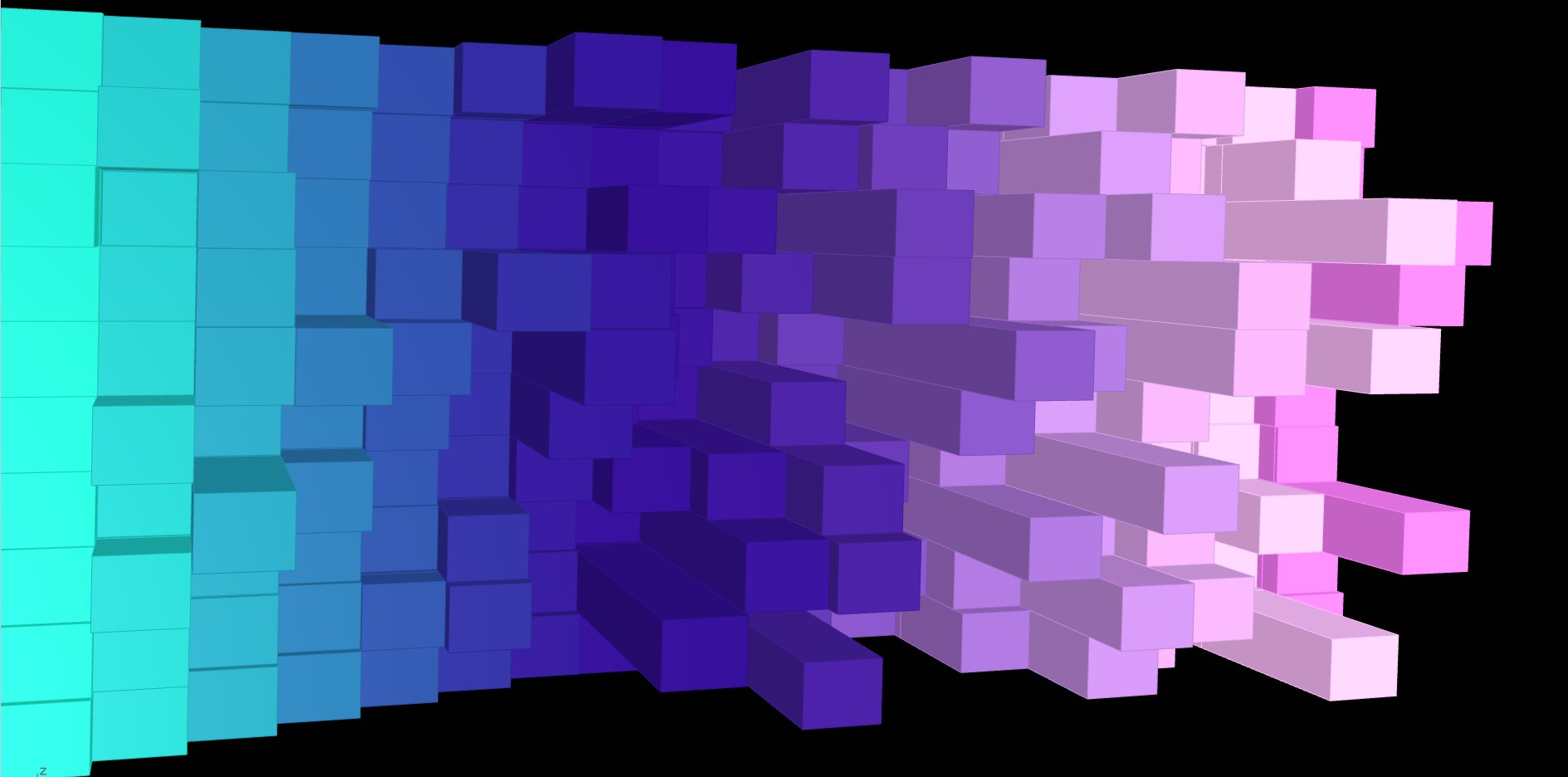6-inch e-ink displays page 4. of McGuffey's Ecclectic Primer, a well-known Fibel of Victorian Era. Display is currently powered off and as such has zero carbon dioxide trace (hallo Gretha!) while still teaching Alphabet. To see more interactive e-ink setup please check the artefact CardboardFibel0.
Visual content ("animal pictures") scanned from reedition of Lumen Picturae et Delineationis (Amsterdam, 1660, BE310).
Instead of a signature, this artefact contains a four-leaf clover (harvested in July) attached by duct-tape above the e-ink screen. Bottom of the cardboard shell is photovoltaic, making it possible to transform PappeFibel 0 or one of its derivatives into an energy-autarch ("eutark"; Hromada, 2019, AE49) digital education artefact.
TASK: Identify mismatch between visual and textual modality.
INSTRUCTION OF USE: You interact with the device by moving Your hand in front of the Gesture Recognition Sensor (to the right from e-ink screen). Movement along vertical axis (up/down) maps to boolean (true/false, JA/NEIN) answers. Movement along horizontal axis (left/right) is used to browse the content. Rotation is used to switch between "learning" and "testing" mode.
CAVEAT: When changing modes of operation, new data has to be loaded into the buffer of the e-ink controller. This takes few seconds. Be patient. Breathe.
TASK: Play with speed (time), position (space) and quality (suspense) of your hand movements.
INSTRUCTION OF USE: You interact with the device by moving Your hand in front of the Skywriter sensor (above the sound hole of the instrument). Play the string to observe how the string vibration deforms the field measured by Skywriter.
 The stable "wall" is the very basis of land creatures and thus by "having responsive space rather than the linear presentation of the wall," the body is suddenly made aware of the situation it is in.
The stable "wall" is the very basis of land creatures and thus by "having responsive space rather than the linear presentation of the wall," the body is suddenly made aware of the situation it is in.
With the current housing crises and the reduction of the living space per person, the effect of the occupancy and void becomes more valuable day by day. But this concept, void, which can only be defined by its contrast: fullness, and which can change the perception of everyday spaces we are accustomed like a room, is not easily readable. This situation removes the concept from our daily practices and traps it in the dusty pages of abstract architectural books.
The project based on an example ordinary wall of living space offers a responsive space that will bring up a concept of void on the agenda in order to challenge perceptions of living space and physical context.
This exploration simulates an extreme architecture of responsive variable structure by suggesting a technological infrastructure with hypothetical material.
The narrative analyzes the benefits and limitations of these projects but avoids explaining the necessity and result of living in such a space. It remains speculative, is leaving the questions open for the next phases.